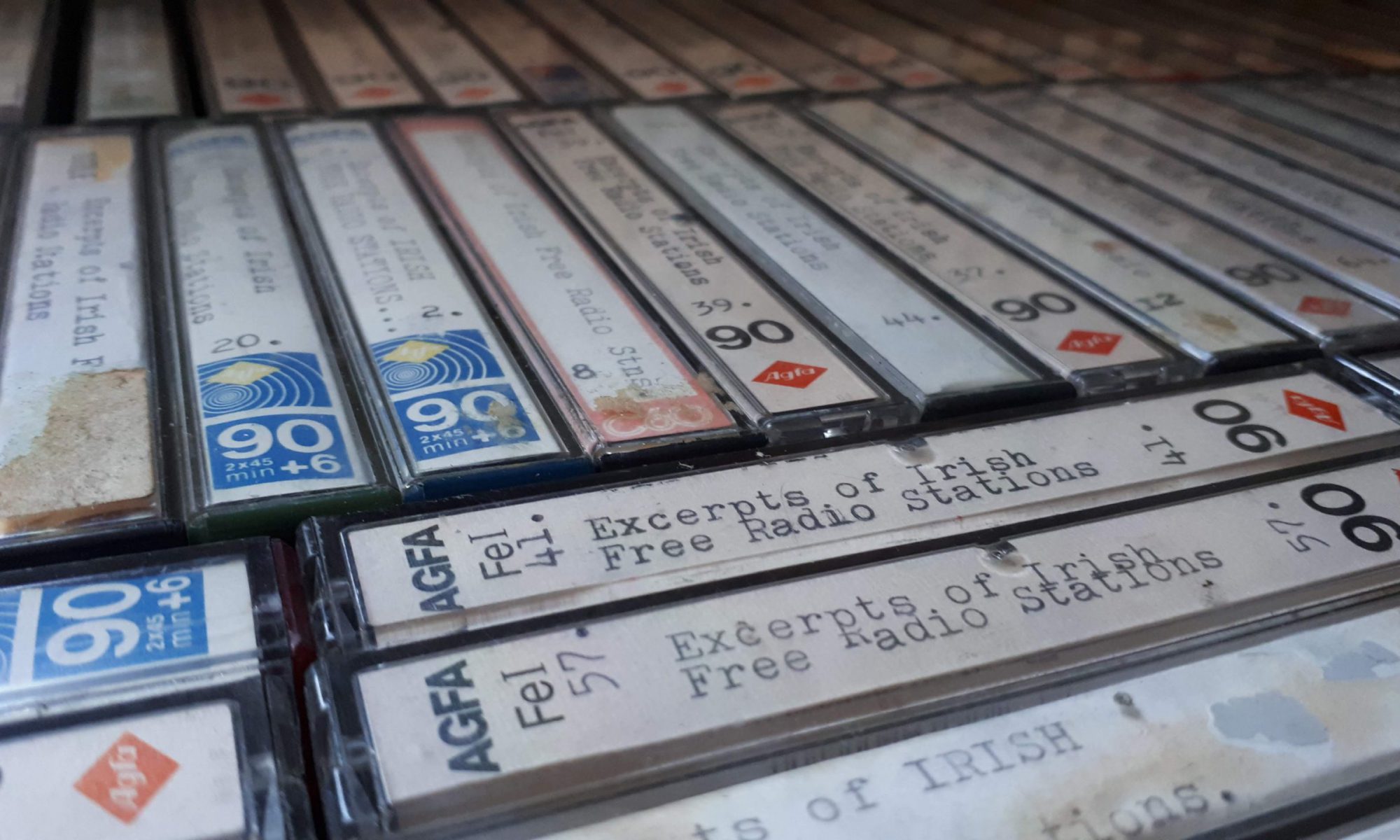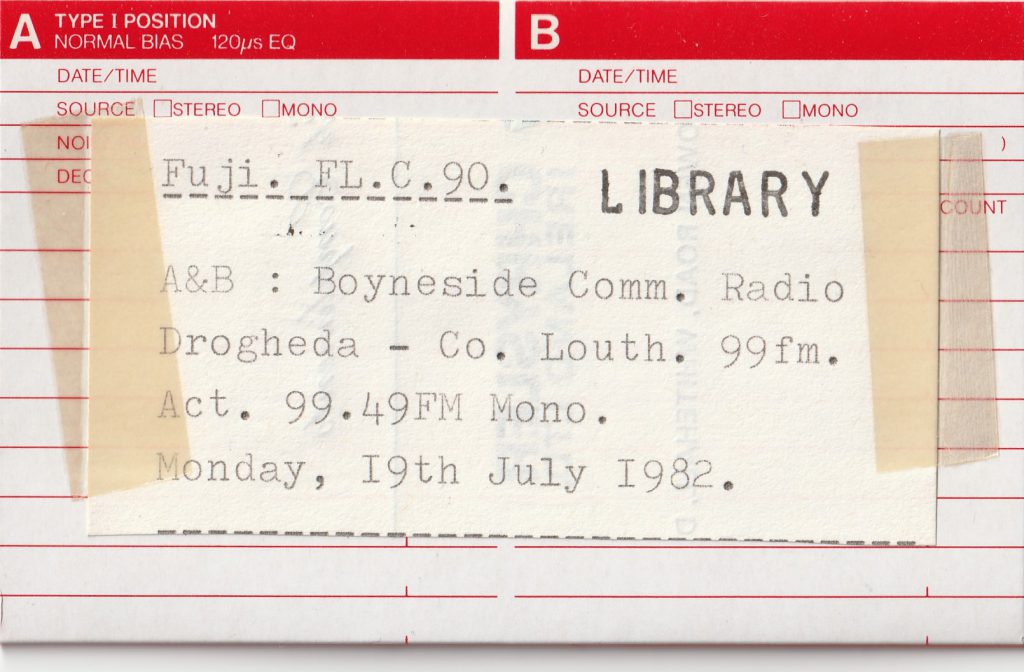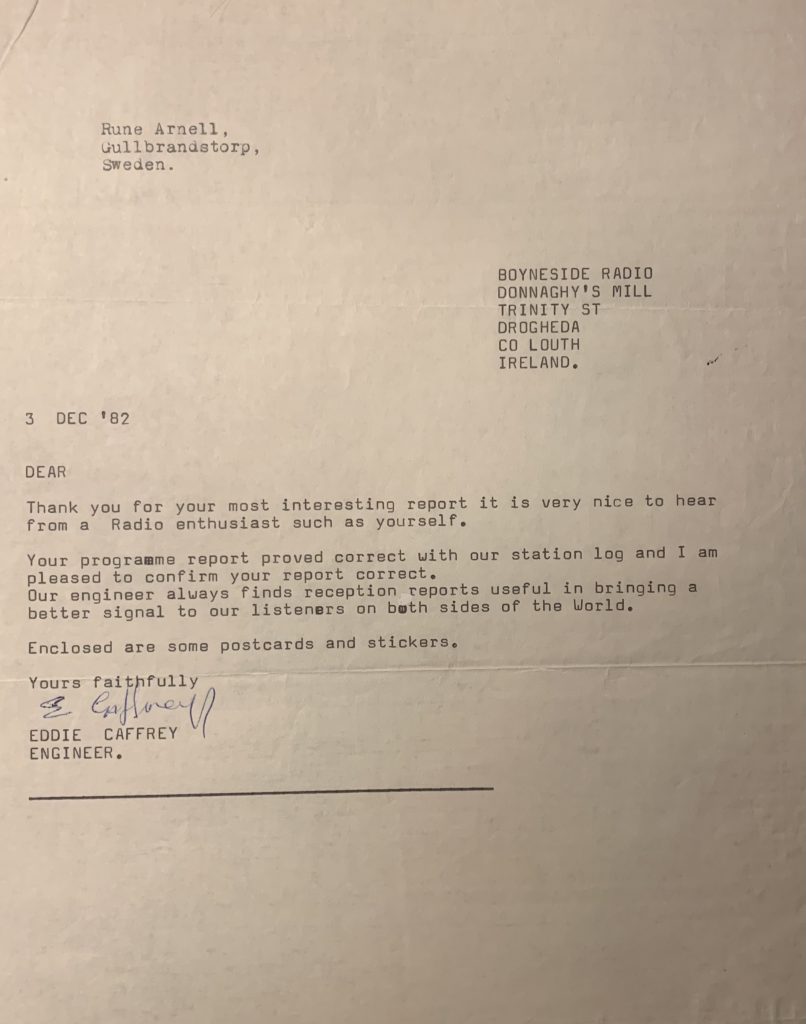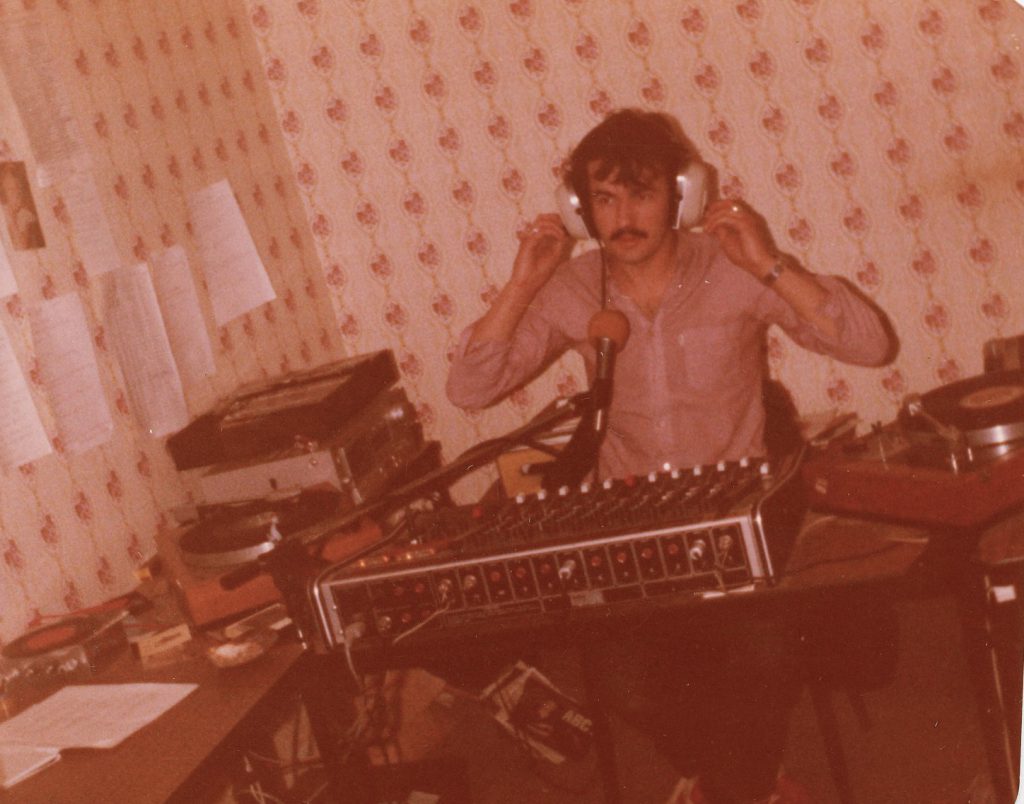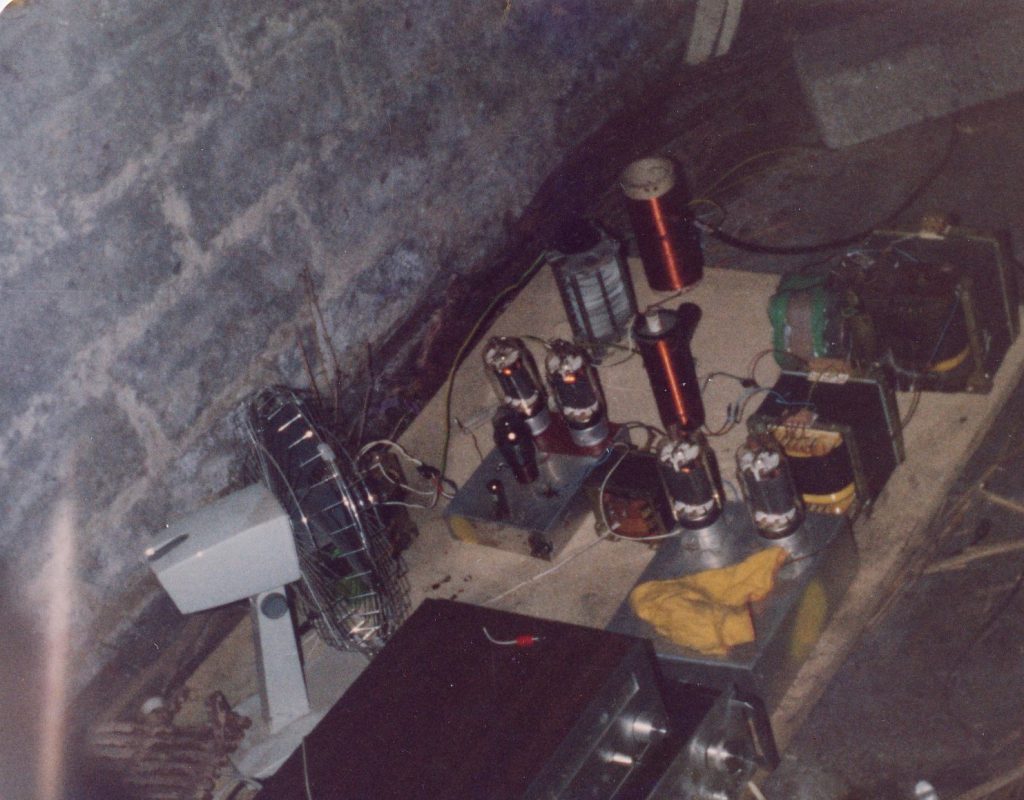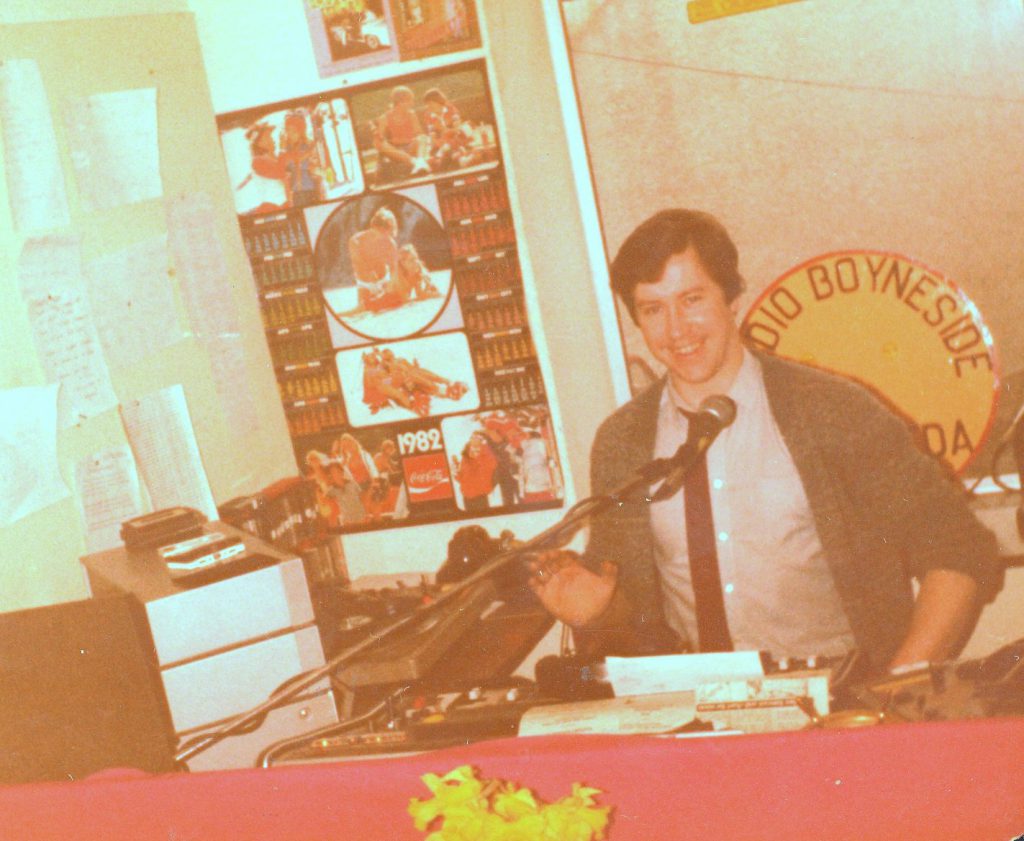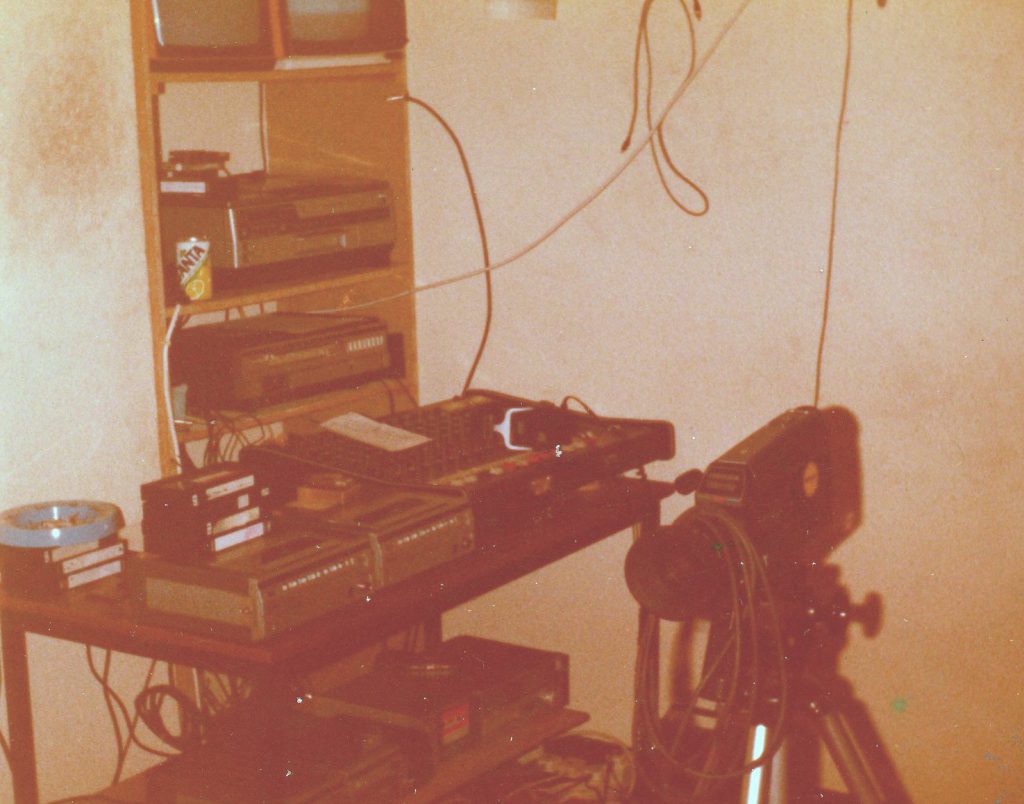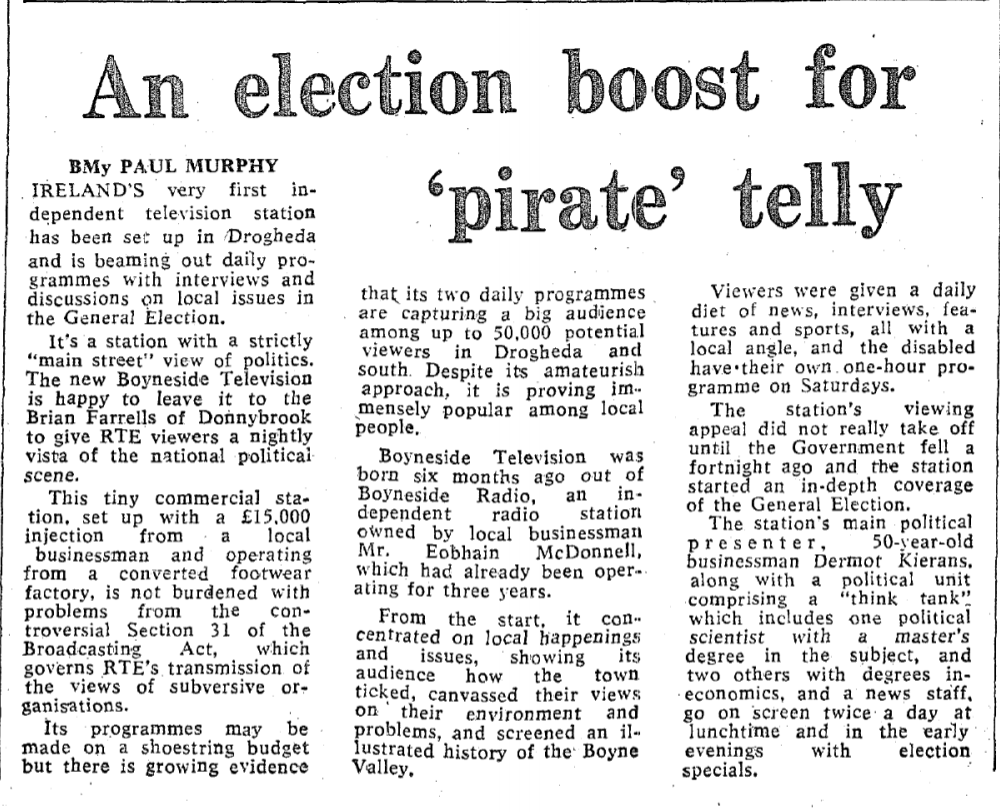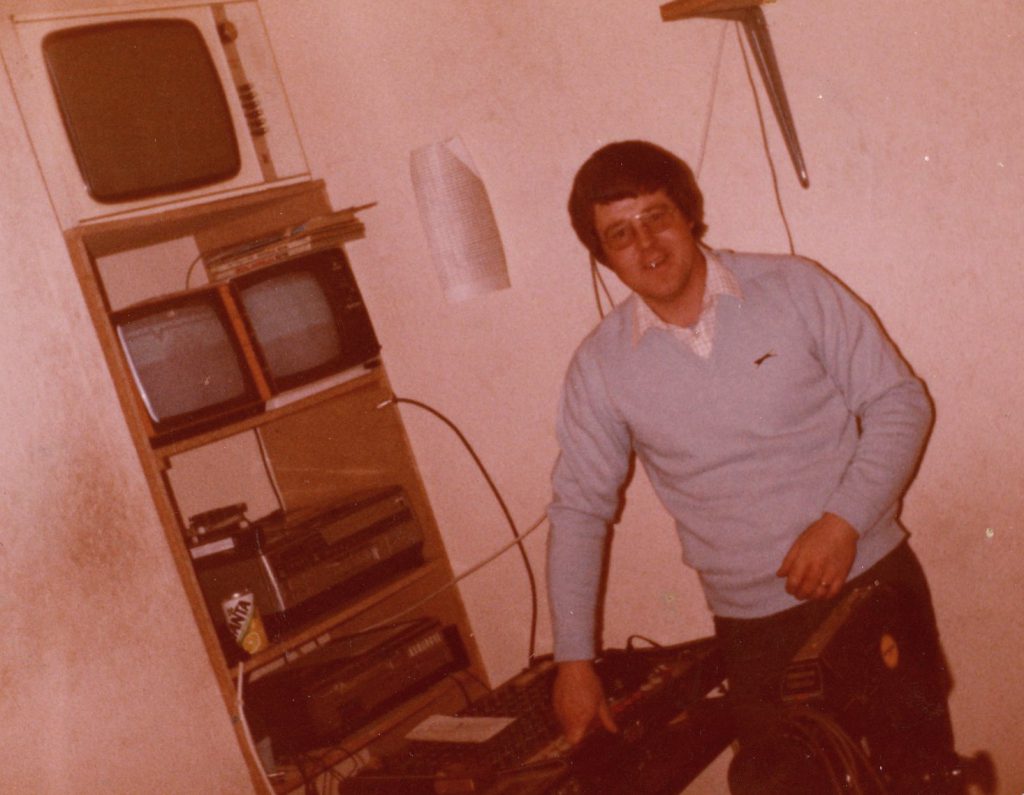Podcast: Play in new window | Download
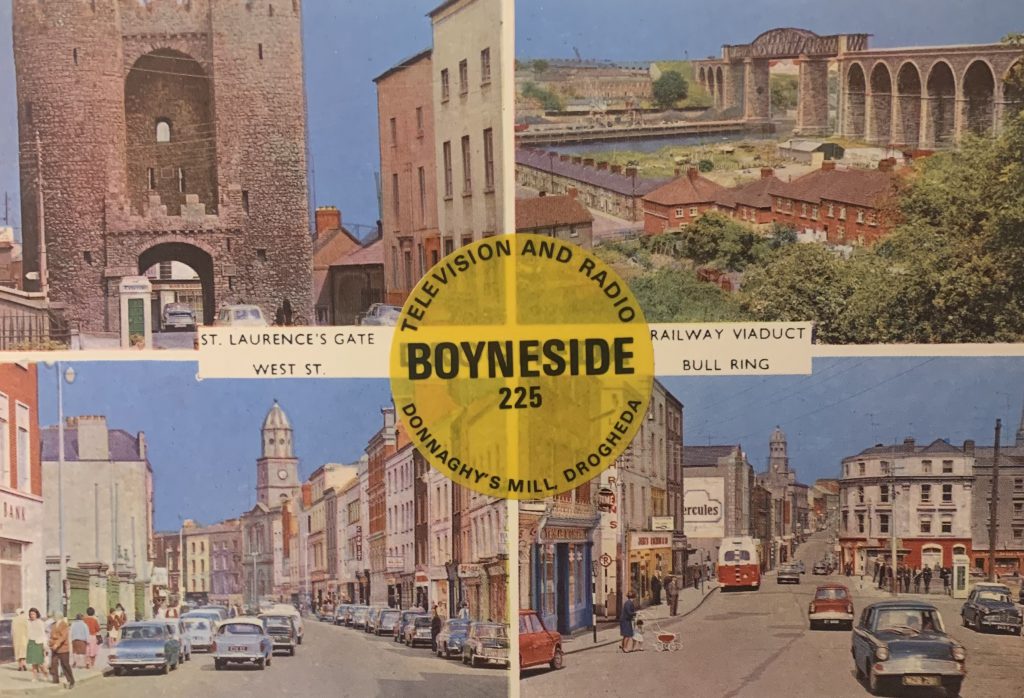
Due to a split in the Drogheda station Boyneside Radio in July 1981, the Co. Louth town gained a second station calling itself Community Radio Drogheda (CRD). A detailed history of the split is available here but in summary, the two rival stations attempted to undercut each other for the best part of 10 months in a small town with limited advertising revenue. To complicate matters, Boyneside Radio experimented with television during this period and attempted to open another station in Navan, Co. Meath. By April 1982, the situation had reached breaking point, with CRD running out of money and DJs leaving for other stations in Dublin. After negotiations, the two camps made peace and Boyneside Radio regained its position as the sole Drogheda station in early May.
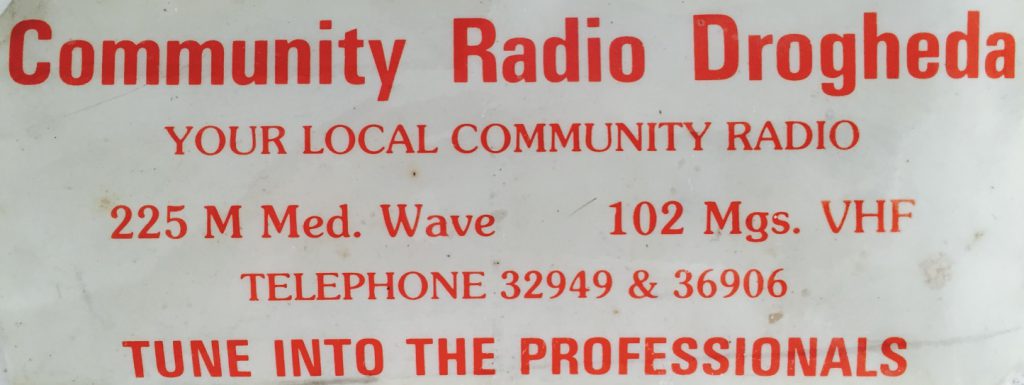
This recording from April 1982 of both Boyneside Radio and CRD was made before the merger and gives a sense of the situation at the time. First up is Owen Barry (Owen Larkin) with his lunchtime show on Boyneside, including the Angelus bell at midday. Also of interest is an advert by Fianna Fáil, as politicians would later be censured by their parties for doing interviews on pirate radio. Next up is CRD with the voices of Richard Kenny (Richard Crowley), Eddie Caffrey, Dermot Finglas and Gavin Duffy presenting a lunchtime chat show. Gavin refers to plans for a new schedule and even a public meeting to discuss the development of the service with listeners, but the writing was on the wall for CRD at that stage.
The recording of Boyneside was made on 5th April 1982 from 98.1 FM and that of CRD on 6th April from 1305 kHz AM, announcing 225 metres. Boyneside also announced 225 but broadcast on 1323 kHz during this time as well as FM. We have done our best during the digitisation process but audio quality is fair to poor due to cassette degradation. The tape was made by Kieran Murray and is from the Anoraks Ireland Collection.
